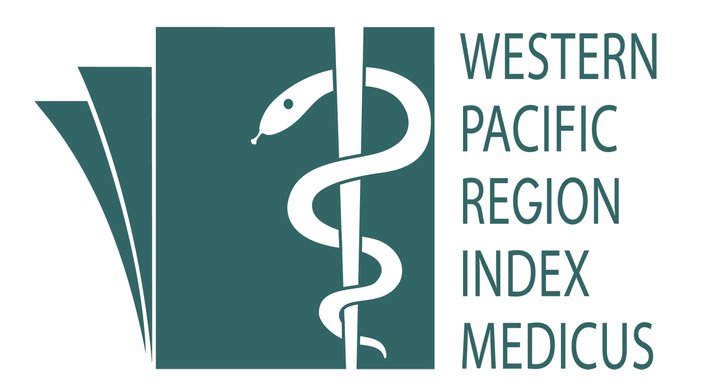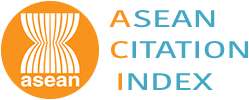Health Risk Assessment of PM10 exposure during haze among Malaysian Adult Population based on Physical Activity Pattern
Keywords:
Haze, PM10, Physical activity, risk assessmentAbstract
Introduction: Most health advisories related to outdoor physical activity during haze are general in nature. The advisories normally advise everyone to reduce or limit prolonged exertion or heavy exertion without mentioning the acceptable duration for performing outdoor physical activity causing difficulty for public to decide to stop or cancel a particular outdoor or sport event. The aim of this paper is to determine the acceptable duration for performing outdoor physical activity pattern during haze based on API level.
Â
Methods: Health risk assessment approach that comprises of hazard identification, exposure assessment, dose-response, and risk characterization steps was used to determine the potential inhaled dose and risk associated with performing the physical activity during haze. We have considered many factors that include time spent for physical activity patterns for Malaysian adult, age and physical intensity-specific inhalation rate (m3/min), and the indoor/outdoor ratio of PM10.  A hypothetical exposure scenario of PM10 was created using the breakpoints of PM10 concentration for the calculation of respective API levels during haze.
Â
Results: The association between physical activity pattern, API level and risk quotient were presented in the form of risk radar diagram. Based on the 50th percentile inhalation rate, all prolonged exertion and heavy exertion should be avoided when API reach >201 (very unhealthy) and >175 (unhealthy) respectively. Below the said API, the duration for performing prolonged exertion and heavy exertion should be reduced according to the API level. When API reaches 140, high intensity physical activity should be limited to < 90 minutes. A football match which requires 90 minutes, should be postponed of cancelled if API > 140. Whereas, for the same API level, prolonged exertion (moderate intensity physical activity) should be limited to 4 hours. Â
Â
Conclusions: Reducing the physical activity is an effective strategy to lower the dose of inhaled pollutants and reduce the health risk during poor air quality. Based on the assessment, taking into account the uncertainty of risk assessment methodology, we proposed all prolonged exertion should be avoided when API reach very unhealthy status (>201). Below the said API level, outdoor physical activity should be reduced according to the level of API respectively. The recommendation is not applicable for the sensitive groups. The computed risk radar provide a valuable guide for the public to organize or considering postponing an outdoor event during haze.Â
Â
Downloads
Published
How to Cite
Issue
Section
License
IJPHR applies the Creative Commons Attribution (CC BY) license to articles and other works we publish. If you submit your paper for publication by IJPHR, you agree to have the CC BY license applied to your work. Under this Open Access license, you as the author agree that anyone can reuse your article in whole or part for any purpose, for free, even for commercial purposes. Anyone may copy, distribute, or reuse the content as long as the author and original source are properly cited. This facilitates freedom in re-use and also ensures that IJPHR content can be mined without barriers for the needs of research.





